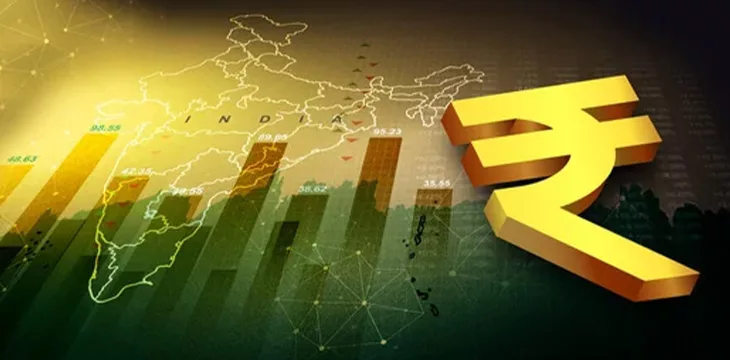|
Getting your Trinity Audio player ready...
|
As India moves ahead with its central bank digital currency (CBDC) pilot, there are fears that the widespread usage of the country’s Unified Payment Interface (UPI) could adversely affect the adoption rate of the digital rupee.
Sameer Shukla, an executive at India’s Finance Ministry, revealed at a SIBOS event in Canada that Indian regulators are aware of the impact posed by the success of UPI. Shukla stated that it will be a herculean task for the Reserve Bank of India (RBI) to make the digital rupee go head-to-head against UPI in terms of usage.
“If you ask me, the progress of the CBDC, because of the all pervasive existence of UPI, it’s going to be a bit slow,” said Shukla.
UPI is an instant payment system developed by the National Payments Corporation of India (NPCI), facilitating peer-to-peer and person-to-merchant transactions. In 2022, UPI recorded over 300 million monthly users in India, with daily transactions expected to surpass the 1 billion mark by 2026.
Given the dominance of UPI on the domestic front, it is easy to be skeptical of the digital rupee’s applicability. However, Shukla noted that the digital rupee will be deployed in government benefits given its functionality of programmability, ensuring that citizens spend grants on specific uses.
Unlike the RBI, other banking regulators in the European Union (EU) and England have clarified that they will not be proceeding with programmable CBDCs over concerns of increased government control.
Shukla pointed out that the digital rupee has a chance to “shine” in cross-border payments given, India’s large inbound remittances. The RBI has been involved in bilateral negotiations with the United Arab Emirates (UAE) over the use of CBDCs in cross-border transactions, but it remains unclear if it will be pursuing a retail or a wholesale version.
“For the cross border payments, I’m sure the retail CBDC is going to be adopted much faster than the wholesale CBDC,” said Shukla.
With plans to roll out CBDC solutions for feature phones in India, experts say the digital rupee could improve the state of financial inclusion, with unbanked Indian adults pegged at 22% of the population.
Latching onto UPI’s wave
Aware of the soaring popularity of UPI, the RBI has unfurled a plan to integrate the payment system into its CBDC offering via QR codes. The central bank noted that creating interoperability between the UPI and the digital rupee will improve CBDC adoption metrics and offer users more payment options.
Already, YES Bank has unveiled its integration with the digital rupee app, noting that the move will “redefine the customer’s digital transaction journey.”
Apart from integration with the UPI, the central bank is experimenting with an offline payment functionality for the digital rupee. The central bank says it is targeting an average of 1 million CBDC transactions per day before the end of 2023 after recording early successes with its pilot.
To learn more about central bank digital currencies and some of the design decisions that need to be considered when creating and launching it, read nChain’s CBDC playbook.
Watch: India is building Web3 enabled payment rails

 12-11-2025
12-11-2025 





